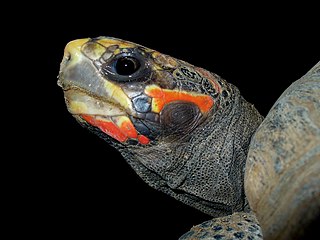A key indicator of intelligence is said to be behavioral flexibility – the ability to modify actions to fit new situations. Long thought to rely mainly upon instinct, reptiles have not been credited with much “brain power”. However, recent research revealed that many reptiles are capable of solving complex problems that are not “covered” by instinct, and can use what they’ve learned in the future (see NY Times; Nov. 18, 2013). Although reptiles diverged from warm blooded creatures at least 280 million years ago, some meet or even exceed the problem-solving abilities of birds and mammals. This will not surprise reptile owners, of course!
I’m often amazed by what I observe among the reptiles under my care, and would like to summarize some of that, and several interesting experiments, here. I hope you will post your own experiences below. This is a new area of research, so please feel free to boast, and remember that each new observation, however fleeting, has value.
 That Reptile Blog – Reptile, Amphibian and Exotic Pet Care and Information
That Reptile Blog – Reptile, Amphibian and Exotic Pet Care and Information





